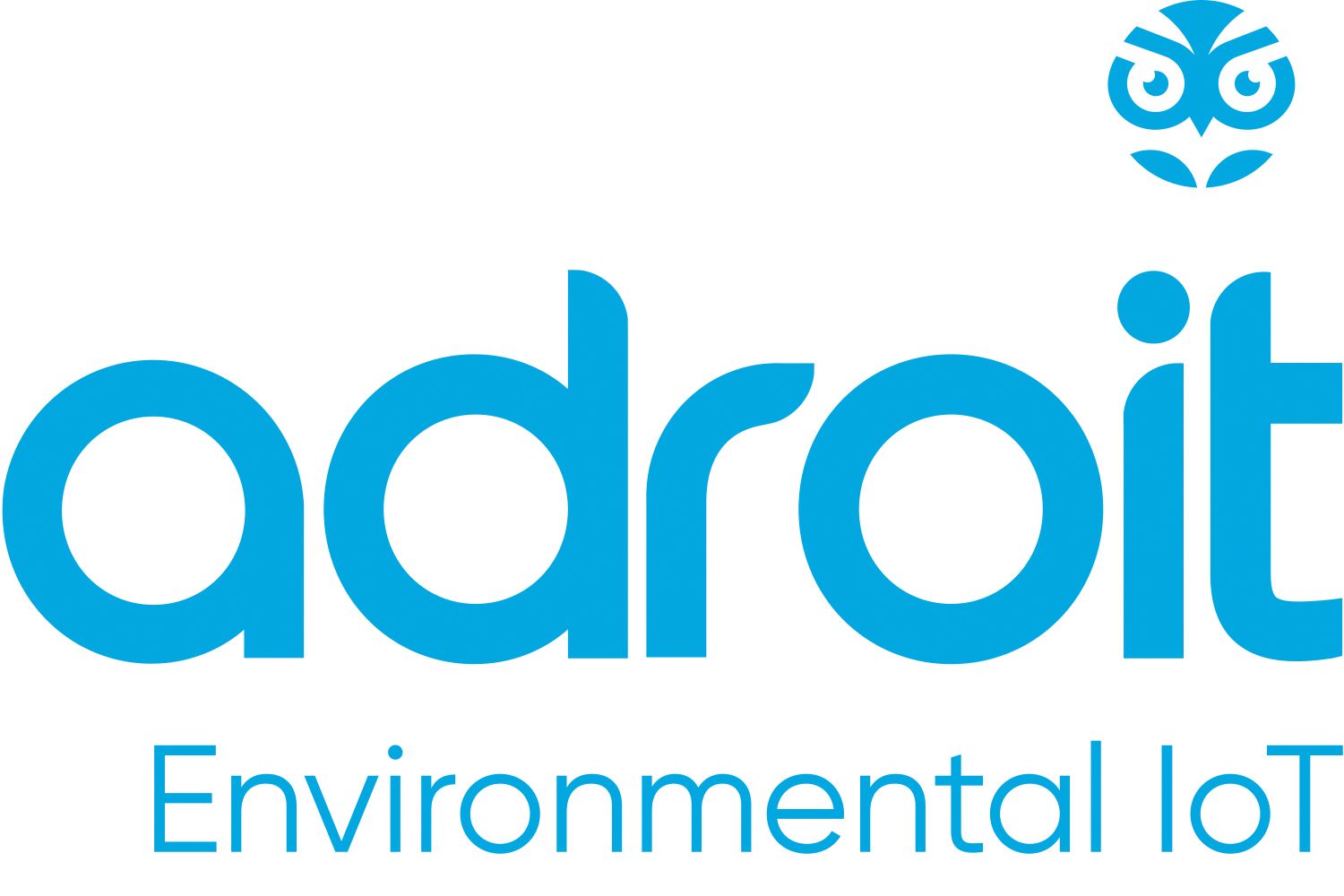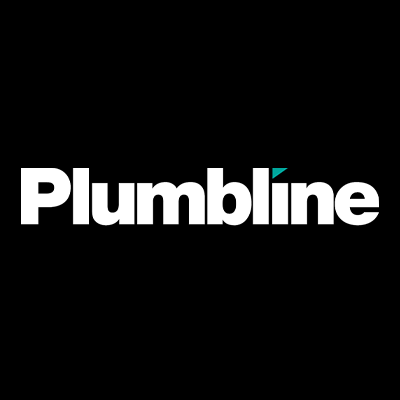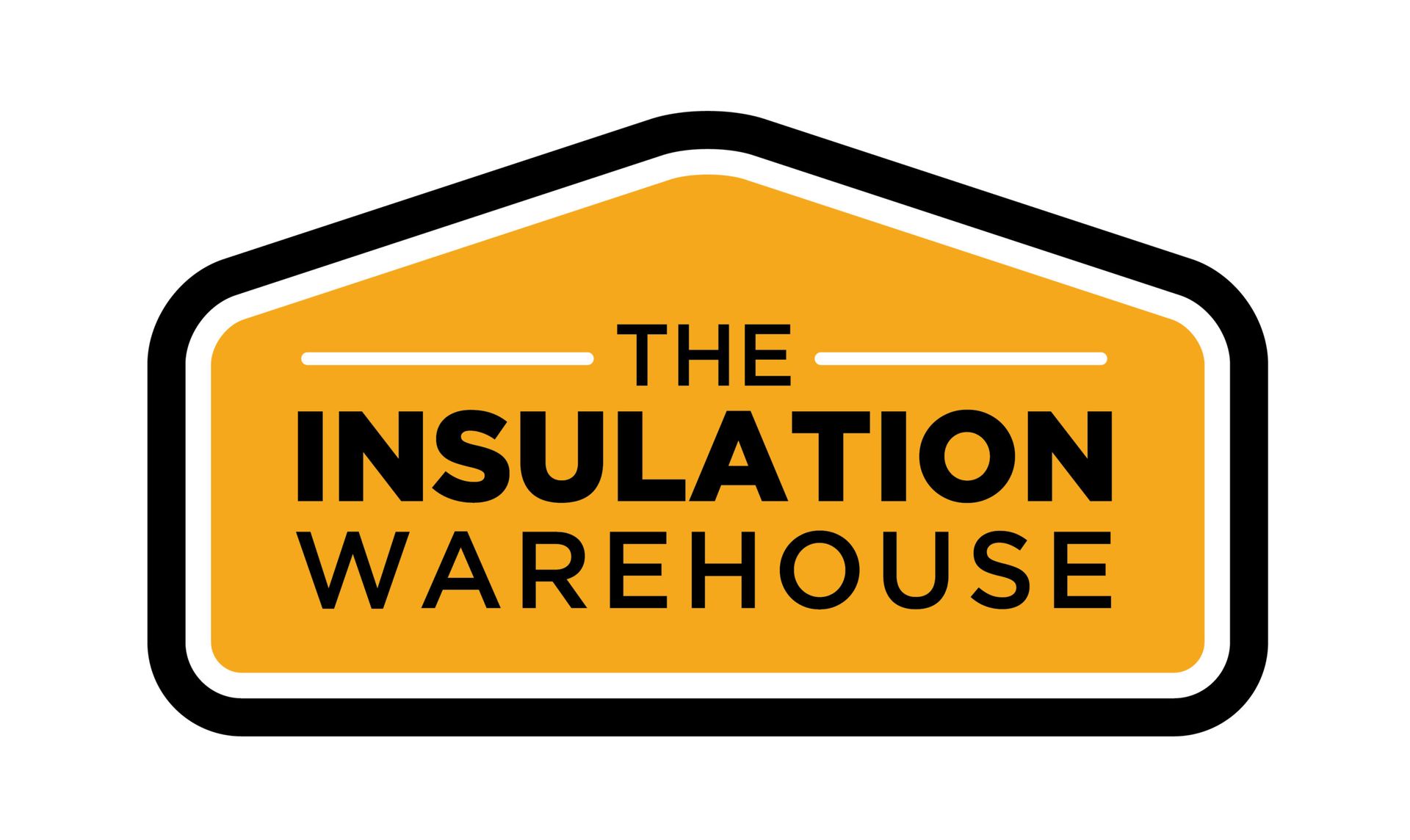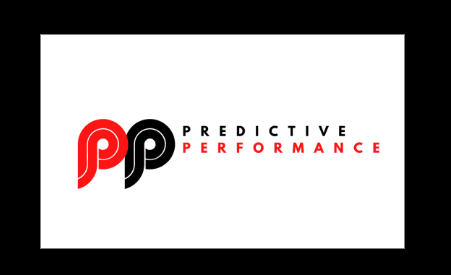By Simon Carstens
•
February 8, 2024
Leveraging Scientific Principles to Architect and Cultivate a Winning Sales Team John led a team of six salespeople. Over the past year half his team had left the company and been replaced. Sales performance had declined and was at an all-time low. John couldn’t seem to get the team humming. He felt he’d run a solid recruitment process but it was clear these newbies were not the right people for the job. Most sales managers struggle with recruiting good salespeople, staff retention, impacts of poor hires, and also how to be successful with individual and team development. The impact of not getting hiring and development decisions right is no more pronounced than in sales where it can be the difference between a company’s success and its demise. Learning through experience and failure is a slow road to success. In the competitive world of selling where results depends on the strength of the team, companies must employ effective strategies to design, develop, and select individuals for key sales and leadership roles. Furthermore, with so much variability in hiring strategies by managers, a standardised approach should be considered to improve the long-term sustained success of hiring, developing, and coaching people. Successful companies are utilising a mix of psychology and technology using personality assessments that measure individual and team strengths, motivations, and areas of opportunity as it relates to the workplace, designed to accurately predict job-related behaviour. These assessments are grounded in science and provide a valuable supporting tool in hiring, coaching, and development of staff, encompassing a combination of personality assessments, cognitive tests, and situational judgment tests that provide a comprehensive understanding of a candidate or current employee. The accuracy and reliability of these assessments to predict behaviour comes down to the quality of the company being used for the tests and the science behind them. Quality is measured by three main attributes; validity, predictability, and reliability. Validity reflects whether whether the test is capturing the targeted aspects of an individual's personality that are relevant to sales performance, predictability is a measure of actual performance and whether a candidate who has been assessed as strong on a particular set of traits performs the way they are predicted to, and reliability is a measure of whether a test holds up over time. Most job related assessments look at a combination of an individual’s work-related traits, behaviours, and competencies. Traits can be thought of as your personality’s natural tendencies or motivations, some more dominant than others. Each of your traits drives a specific motivation that plays into your attitude towards work. These traits all pull at us in certain directions. Your personality is a combination of traits that, despite being invisible, combine to shape your behaviours. You behaviours, in turn combine to form competencies. That is, how you perform in the critical outcome areas in your role. While behaviours can be readily observed in the moment, it often takes a variety of successful behaviours over time to display a competency effectively. By combining a person's traits, you can make far more nuanced predictions about how this person might behave in a work situation. And finding these behaviours out during an interview process or based on previous work experiences is next to impossible, which is why companies often make hiring decisions based on a small series of, often biased interviews, presentations, and observations. The first step in successful hiring the process is role design. The objective for this process is to assess the core competencies required for each sales role, which can vary significantly. For example, a new business ‘hunter’ will need to be strong in initiating action, resiliency, plus achievement motivation & perseverance in combination with other competencies, whereas a strategic sales role will require more strength in the areas of business acumen, strategic selling, planning, and being organisationally savvy for example. Once the specific competencies have been agreed for the roles against job requirements and objectives, a hiring plan can be created to seek out talent, either internally or externally. Some assessment companies Like Talogy have over 50 validated job models to choose from including 16 roles in sales that work across industries with associated competencies proven to be the right combination for the roles to be successful. Customised model can also be created. Job candidates can be tested against the desired role competencies as a supporting tool for comparisons with other potential hires, areas to explore in job interviews, and as a future coaching and development guide should they be hired. Often hiring managers will be biased towards a candidate’s past experience or other attributes and may not get exposure to how someone is hard wired and therefore likely to perform on the role. These assessments will show those innate strengths and whether they’ve be placed into previous roles that match their skills, or if they have learnt to behave in ways contrary to their natural strengths. By relying on objective data, organisations can make more informed decisions, ensuring that the chosen candidates not only meet the immediate needs of the sales team but also have the potential for sustained success and growth within the company. John decided to review his three sales roles against ideal job competency profiles with a personality assessment company. He ran his team through the process and the results reflected low natural traits and behaviours in a handful of key competencies for the various role types. Although the findings weren’t ideal, John was provided with a coaching and development plan to aid his team towards improvements. He could assess the strength of his team overall and had data that could support future promotional and career development decisions. As part of the process, one member ended up moving into a different role that was more suitable for them, and one left the company of his own accord, opening up and opportunity to hire someone new who had skills more suited to the role thanks to the use of the assessment tool. The team is now on the improve and tracking towards plan. Hiring a team of high performing salespeople is a combination of art and science. Experienced sales leaders often have an innate sense of who to hire and who to stay clear of. The ‘art’ encompasses the ability to assess interpersonal skills, gauge cultural fit, and perceive qualities that may not be explicitly captured in a resume or assessment. It’s gained through a combination of intuition, on the job learning, and personal abilities. On the other hand, the ‘science’ of hiring salespeople involves a more systematic and data-driven approach. It includes the use of assessments, analytics, and structured interviews to objectively evaluate candidates based on predetermined criteria. Balancing the art and science of hiring in sales is essential for a comprehensive approach. Talogy Talogy is one of the world’s leading personality assessment companies with over 60 years of experience and research behind it. Its Talogy Caliper assessment measures 21 personality traits, 56 competencies, 280 workplace behaviours, and a cognitive component of abstract reasoning. Caliper options include selection report, coaching report, individual development guide, and a full analytics platform that lets clients instantly access data to compare, rank, and interpret personality information across multiple employees/candidates in one place. Talogy makes the following claims: Caliper Profile users double their chances of hiring a salesperson at the top 25% of their sales force. 70% of job candidates matched by the Caliper Profile consistently meet or exceed their sale target. Clients say that over 84% of candidates matched by the Caliper Profile are now highly valuable to their company’s achievement of goals. 30% improvement in 3-month new hire retention rates 16% reduction in 6-month turnover 29% improvement in sales performance 95% of clients say Talogy makes it easier to do their jobs 97% of clients say Talogy has improved the quality of their hires For more information see ( www.talogy.com ) or contact Elevate Sales ( www.elevatesales.co.nz )

























